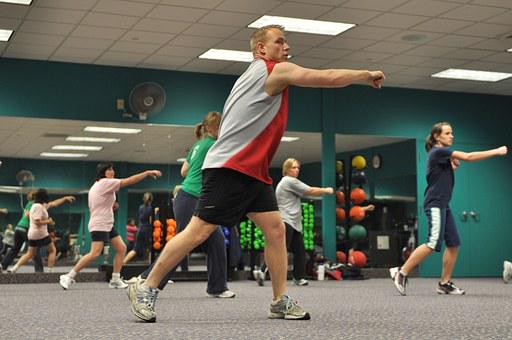Difference Between Horse Stall Mats And Rubber Floors
One of the foremost-decisions that you’ve to take while making the home gym is the floor. A reliable surface is all that you need to train yourself along with the prevention-of-damage on the ground.
Multiple gym owners prefer to use those variables that are particularly been made for gyms floor, like the horse stall or rubber flooring mats. People whosoever used to recommend them have never ever used both options. That’s why, for a middle ones, it will be hard to get a better understanding of which one will be the best.
I personally have used these two applications. In recent times, I’m using and preferred the latter one, but this doesn’t state that horse stall matting doesn’t have any preference in the world of the home gym. They have. Wherever you used them, it has some aspects and here I’d tried to cover them all in detail.
The two prime functions of gym flooring: –
Why flooring is so mandatory for a gym practitioner? Why they will not use the floors that are already-paved?
To answer this query, in a nutshell, for safety.
Your safety and the safety of the floor and equipment completely-lean-on the suitable surface in a gym-to-train. Destruction of bases, defilements of gear, and injured body parts might occur when an unprofessional texture-is-utilized.
I’ve written a very in-depth guide to every flooring option available for you – which you can read here. Ultimately, though, most of these choices fall short in one or both of two very significant places: training surfaces and floor protection.
A Safe Surface to Train: –
This is literally the foundation on which your gym stays and it should be hard as a rock: –
- The mat has to be solid. It mustn’t be give in, transfer, or move beneath you. As an example, you shouldn’t try to rehearse with a vast pile of carpet or foam tiles. Both of them are so tender for a surface to make a better gym floor.
- The mat has to be flat and even. It should not have any slits or joins that you can sense with your feet. Exactly there shouldn’t be any that you can trip over.
- Your home gym mats must provide a better grip for your shoes. This mustn’t have to be slick. Even it shouldn’t be overly tacky or sticky.
- The mats have to be long-lasting– however, they should be able to take a better amount of abuse. It has to be straightforward to cleanse and disinfect.
- It must not absorb moisture. A moist or drenched surface is a perfect spot for mold to grow. Mold is toxic and we definitely don’t want it in our home gyms.
Protecting your floor and gear: –
The next thing that your home gym mats must have to do is to offer some level of protection. Safeguarding-of-the floor beneath it as well as defense against any equipment that you might set down or drop in the course-of-training.
Does that signify that the matting you use must be able-to-absorb and alleviate all abuse perhaps which you could possibly-dish-inside your gym? – Nope. Basically, there is no such that fits that description.
What it signified is that your flooring mats have to be shock absorbent enough to save your floor and your gear from everyday use. Also in defiance of what the folks on Instagram can like you to believe, deadlifting 600+ lbs from the bottom is especially NOT everyday use!
HORSE STALL MATTING VS RUBBER GYM FLOORING:-
As I’ve said already that these two gym flooring choices can serve the two purposes excellently as described above horse stall mats and rubber gym flooring. That’s why when you go out and hit the gym, 99% of the time, you’ll see one of those two options under your feet.
Horse stall mats usually come in ¾” thick recycled rubber and 4’x6’ sheets that only count under 100 lbs. Whereas the rubber gym flooring comes in tiles or rolls and practically has 3/8” or 8mm thick. It is also been made from recycled rubber. These tiles generally have an interlocking puzzle shred pattern along the edges, which lets the pieces form one enormous continuous surface.
Plenty of pointers are there with which to compare the two.
Which one is better to use in the gym to train?
That’s why we buy floors right? To be trained. Whether it’s horse stall matting or rubber gym floors, both can deliver a better working surface for you to exercise in the gym. Both of them are less rigid. They can offer a better grip for your shoes. They also have water and sweat-resistant features.
Stall mats usually have a bit more texture than rubber flooring. They usually have a gravelly surface. Some newer versions are available in a faux diamond plate. This texture is outlined to let the water flow away when used in horse stalls.
